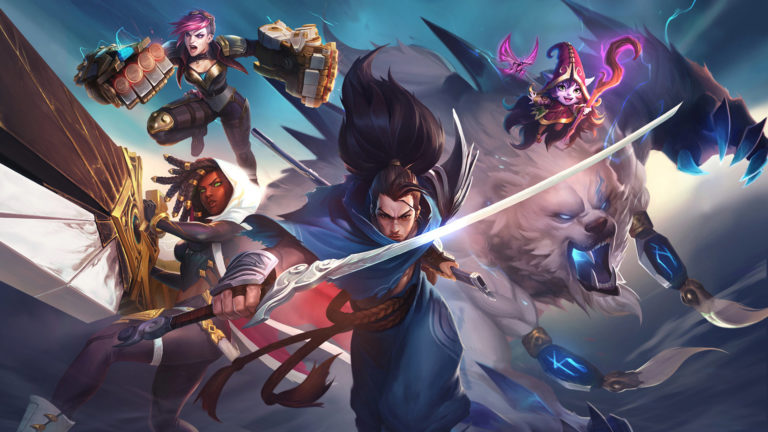As a rule, League of Legends releases a new patch balancing both Summoner’s Rift and the Howling Abyss every two weeks. Balancing typically addresses either overpowered or underpowered items, champions, summoner spells, and even drakes with regard to the current meta. On top of that, Riot Games releases major patches covering various changes for international tournaments such as the World Championship and Mid-Season Invitational, as well as at the beginning of each preseason.
Since adaptation to these large-scope patches is normally a lengthy process of trial and error, the 2022 midseason durability update came to the surprise of many. The durability update, released on May 25, dealt with intense damage and healing creep, finally leaving breathing room for skill expression and outplay potential. On top of that, Riot, with Patch 12.14, considerably buffed drakes.
Needless to say, these substantial changes turned League’s meta upside down and left more questions than answers.
How the durability update affected League’s meta
Longer matches and less snowballing
Before the durability update, an average match of League would last 27 minutes at the longest. After the release of the durability update, matches have been intensely slowed down with an average length of more than 30 minutes. With more time on their hands, each team has a significantly larger time window for turning the tides and taking over the game. Besides, snowball-heavy champions such as Kalista and Pantheon now can’t singlehandedly carry the game and wrap it up before 25 minutes.
Longer teamfights and skirmishes
Thanks to the durability update, which buffed champions’ health pool, magic resistance, and armor across the board, each teamfight and skirmish, especially happening in the early game, lasts longer. Since League previously resembled a one-shot fiesta, the durability update finally gave the community the long-asked opportunity to masterfully showcase their hard-earned mechanical skills, teamfighting expertise, and game understanding in general. In addition to that, League began explicitly rewarding well-planed plays and punishing scrappy plays and missed rotations.
Highly-contested drakes
Although the durability update emphasized the value of dragon buffs, team comp synergy, and excellent teamfighting, Patch 12.14, which focused on buffing the elemental drakes, sealed the deal. In other words, these handsome drake buffs led to extensive drake-oriented teamfights, especially in the late game, and dragon stacking as the main win condition. With that in mind, the demand for highly-skilled junglers that can artfully secure contested dragons has never been higher.
Unbalanced healing
Healing has been a systematic issue in League for several years now. With completely overhauled items and systems, the 2021 season had healing under control with strong Grievous Wounds debuffs for every role. But as Riot rebalanced the entire game around the durability update, Grievous Wounds were heavily hit. Although Riot has on several occasions attempted to neutralize both healing and shielding, there are still a lot of drain-tanking champions like Aatrox and Vladimir that seemingly can’t be stopped once they are fed. Thankfully, Riot revealed in its recent Quick Gameplay post that this will be addressed in the near future.
In the end, the durability update drastically slowed down the League’s tempo and snowballing, finally nullifying the damage creep and giving the player base an opportunity to masterfully showcase their game knowledge and skills.

